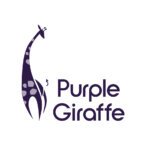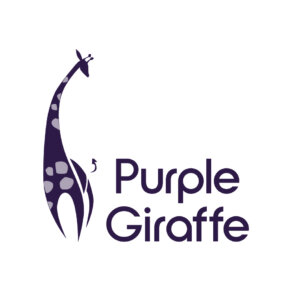The world of Search Engine Optimisation (SEO) and Search Engine Marketing (SEM) can often leave your head feeling sore; acronyms created to make life easier often lead to even more confusion!
Let the Giraffe’s break it down for you so you can feel empowered in all areas of your businesses marketing – even the more challenging aspects.
Let’s start with what it’s all about – we’re focusing on Search Engines.
A search engine is a website that allows us to easily search internet content. When we enter the desired search term into the search field, the search engine then looks through its index for relevant websites and displays them in a list. The search engine’s internal evaluation algorithm determines which position a website will get in the search results. This is where your hard work in Search Engine Optimisation and Marketing pays off! When we think of search engines the first name to pop up is Google but don’t forget Bing, Yahoo etc. still exist and have a user base relevant to some businesses.
Let’s get to the tricky stuff; SEO vs SEM: What’s the Difference?
Search engines like Google have two types of search results: paid and organic.
There are many tactics available to influence the algorithm to display your business’s website to users in both of these results. Search Engine Optimisation (SEO) is the practice of optimizing content to be discovered through a search engine’s organic results.
While Search Engine Marketing (SEM) is considered the part of search marketing that uses paid tactics to gain visibility. It can be tempting to fall into the idea that SEO and SEM are independent of each other; while there are certainly differences, they should be considered as complementary tactics as part of an integrated marketing strategy.
So, why should you care?
Both tactics target quality traffic, often the user is already interested and searching for your product or service offering, meaning higher conversion rates for your business. SEO and SEM are also important aspects of amplifying and supporting an integrated marketing strategy. For example, your social media activity can contribute to your SEO and if you’re creating press through your PR strategy – you want to be the first to show up when your customers search for your business as a result.
SEO and SEM often involve some trial and error involved in getting it right. That’s not to say there isn’t plenty of resources available to support your learning or aspects you can be aware of but still outsource the mechanics to the experts. As outsourcing is often the favoured approach by businesses today – we’ve provided a brief overview of what’s possible below so you can dip your feet into the world of SEO and SEM!
Search Engine Optimisation (SEO)
Search Engine Optimisation (SEO) utilises a variety of organic tactics that improve the likelihood of search engines showing content near the top as the result is both authoritative and valuable. There are hundreds of these tactics available but they are often grouped into three categories.
1. On-page SEO:
This aims to optimise each individual page of a website to target specific keywords and appeal to search engines. These tactics include content creation, keyword research, and keyword optimisation. These tactics allow search engines to understand a page of content which helps it rank higher in results.
2. Technical SEO:
Which improves the backend foundation and structure of a website through optimising the non-content and technical elements. Tactics used often relate to site speed, mobile-friendliness, indexing, crawlability, site structure, and security. This improves both user and search engine crawler experience leading to higher rankings.
3. Off-page SEO:
This aims to build a website’s authority and reputation by linking it to other high-quality websites. Tactics include link building (acquiring high-quality backlinks) from other websites and managing local listings and directory profiles online. This shows search engines that the website is trustworthy and reliable increasing its rankings.
Want to delve more into the world of SEO? Check out our Beginners Guide to SEO written by one of our lovely marketing interns here.
Search Engine Marketing (SEM)
Search Engine Marketing (SEM) is SEO’s best friend, it is often used in combination with organic tactics to amplify their impact, particularly when fighting for attention online in ad-heavy keywords or building initial brand awareness. This is because SEM involves earning visibility through paid advertisements which you will see at the top and side of search engine results. These advertisements are often referred to as pay-per-click (PPC) or cost-per-click (CPC). A paid SEM strategy includes all the activities involved with setting up and optimising the advertisement, as well as setting and optimising budgets for the placement of them.
In case you’re still wondering why you should care in the second before this blog was posted 83,288 Google searches occurred! Check the live statistics here.
And, that’s Google alone! While it’s often seen as the be all of search engines there’s still plenty of people who choose Bing and Yahoo search engines and businesses that see success in advertising on these platforms due to lower competition – who knew 3 little letters held so much power. We hope this blog has opened your eyes to SEO and SEM possibilities and that it’s not so scary after all.
Resources referred to in the making of this blog:









